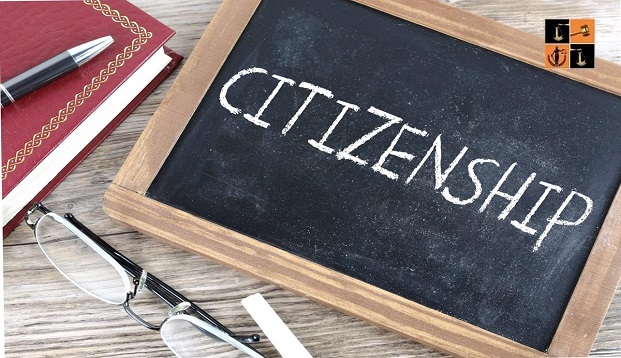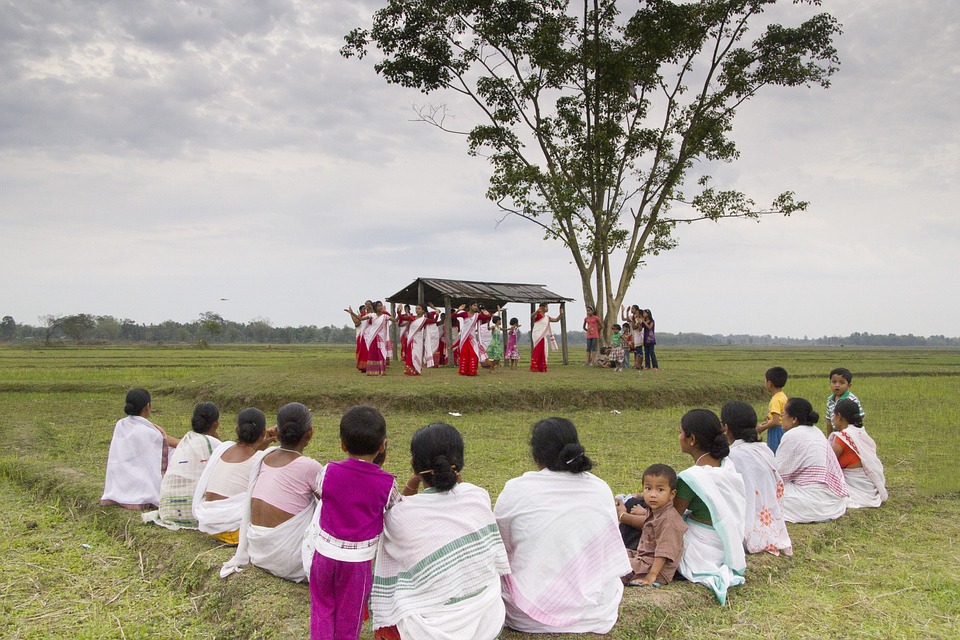
Terence Parsons in his 1982 essay titled ‘Are there Nonexistent Objects?’ writes in the introductory statements about how people often believe that the statement “There are things that do not exist” cannot be true. This is partly because the statement can seemingly translate to “There exists things that do not exist”, which is an inconsistent thought. This made me read about the NRC (National Register of Citizens) issue in a different light; for the NRC exists without really existing.
Though the final list of the NRC in Assam was published on 31 August 2019, almost two years ago, it has not been officially accepted either at the state level or at the national government level. 1.9 million has been left out of the final NRC and yet nothing has been done to initiate judiciary processes so that these 1.9 million can contest their exclusion and demand citizenship rights. The COVID crisis definitely did not help, but more so was the political refusal to recognize the final NRC, for the numbers excluded for every single political party and ethno-nationalist organization involved were not enough. The new right-wing BJP government with its Chief Minister Himanta Biswa Sarma has aggressively taken up the task of re-verification of the NRC all over again. So in reality, the NRC has not come into existence formally. This was made clear when the Election Commission clarified that those names not featuring in the final NRC could still vote in the 2021 Assam Assembly elections if their names exist in the voter lists.

Source – maxpixel
And yet the NRC exists. This was underlined when in April 2019, a 68 year old Muslim man was thrashed by a violent mob in Assam’s Biswanath Chariali and fed pork forcibly suspecting that he was selling beef. Interestingly, he was also asked to show his NRC ‘certificate’. Abhishek Saha in his recent book ‘No Land’s People’ describes an incident of how he was being asked to submit documents showing his name in the NRC when he went to do a police verification for updating his passport. In fact, police authorities asking to show NRC proof when going for police verification for passport updation has been reported by many, some of whom are my trusted friends. The demand to show NRC proof is particularly frequent when the surname is not an upper-caste Assamese Hindu, as is also claimed by Saha – “I do not know whether the policeman asked for my NRC details only because my surname was Saha – and not say, Gogoi or Kalita or Saikia.
Anthropologist Victor Turner talks about liminality or the in-between period of transition or change as also a period of waiting. The NRC’s existence without its existence though can be seen as a liminal object but our narratives have to move beyond the rhetoric of waiting. For ‘waiting’ though frustrating, implies no action. Waiting implies stalling/stagnation while on the ground the ghost of the NRC has a life of its own and acting, rather violently at that too. The NRC, along with the fate of 1.9 million people is in limbo, but not in waiting. The phantom of the NRC is causing real-life upheaval for the people. The latest has been with many whose biometric data was collected during claim and objection round has not been able to get their Aadhar Cards made. This is largely because until the final NRC is officially accepted, all collected biometric data has been locked and people whose names are not in the final NRC are not being released their biometric data. Consequently, their Aadhar cards would not be made, even though possessing an Aadhar Card is not a documentary proof of citizenship. Because of this many people have not been able to avail government welfare schemes that now has mandated Aadhar enrollment while some people are even losing jobs. This should allow us to discuss about the people who are in limbo beyond simply ‘waiting’ narratives. For waiting weaves an imagery of pause or stand-by but people in limbo are hardly in pause mode. They are yes in limbo, possibly yes voting, but the phantom of NRC is continuously uprooting and destroying their lives. The phantom of NRC is a living, acting and growing tornedo with people hardly being given the chance to go on a ‘pause’ or ‘stand-by’ mode.

But the existence of the non-existent NRC can be what as Descarte or even Plato understood as the soul and body, though connected, have the potential to exist independently. The soul of the NRC has always existed, well before the body or the physical register of citizenship. Nurtured and nourished by the upper-caste Assamese Hindu, the soul of the NRC is many decades old and is deeply rooted in hate and disgust towards ‘the other’ (lower-caste/tribal/Muslim/Bengali). The phantom of NRC mirrors that soul and hence would not be limiting itself to simply people in limbo or people whose names are not in NRC. The phantom would haunt and harass anyone that is ‘the Other’ and it is proven not just through the mob lynching in Biswanath Chariali but also in Saha’s case. And hence, ‘the Other’ will always remain in limbo, will always find themselves in the middle of a tornedo and will always continue to be haunted, even if months or years later, the body or the actual Register comes into formal existence.
For now, the phantom of NRC looks like the ghosts of Christmas Past, Present and Future together with no happy ending in sight for the marginalized nor any lessons learnt by the people in power.
Bhargabi Das
A PhD Research Candidate of Anthropology in National University of Ireland. I am working on fluid ecologies (river-islands) and state-making in Assam, India. I am interested in politics and poetics of water, citizenship, state and bureaucracy. My research currently is funded by Irish Research Council, Govt. of Ireland.

